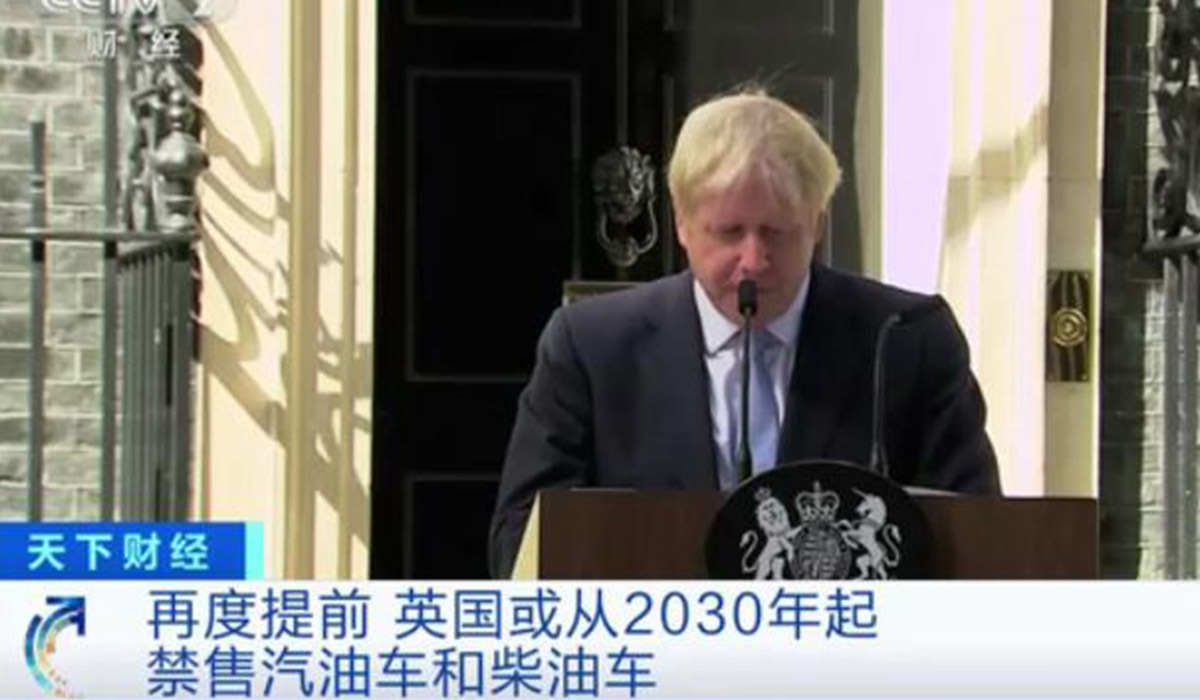
The UK will ban the sale of petrol and diesel cars within 10 years.
Published Time:
2021-09-19 17:13
Source:
British media reported that Prime Minister Boris will announce next week that the UK will ban the sale of gasoline (motorcycle) and diesel vehicles within 10 years. The Financial Times reported on the 14th, citing government and automotive industry sources, that Prime Minister Boris Johnson plans to announce next week a ban on the sale of new gasoline and diesel vehicles across the UK from 2030. 
Previously, the UK originally planned to ban the sale of new gasoline and diesel vehicles from 2040 to reduce greenhouse gas emissions. Johnson brought this deadline forward to 2035 in February this year. But it has been revealed that Johnson now plans to bring the deadline forward again by 5 years, to 2030. However, hybrid vehicles will still be banned from 2035 as originally planned.
Currently, the automotive industry has been lobbying the UK government, hoping that the ban on hybrid vehicles can be later than that of fuel vehicles. They believe that hybrids are an acceptable transition product for consumers. Regarding the automakers' views on this policy, Honda UK said that completely phasing out fuel vehicles within 15 years is too crazy, and they believe that certain technical and resource barriers cannot be overcome in the short term.
这里是标题一h1占位文字
Related News
No. 101, Area B, Guohong Industrial Park, Wuyi Village, Lishui Town, Nanhai District, Foshan City
mavis.zou@yuxingmotor.com
COOKIES
Our website uses cookies and similar technologies to personalize the advertising shown to you and to help you get the best experience on our website. For more information, see our Privacy & Cookie Policy
COOKIES
Our website uses cookies and similar technologies to personalize the advertising shown to you and to help you get the best experience on our website. For more information, see our Privacy & Cookie Policy
These cookies are necessary for basic functions such as payment. Standard cookies cannot be turned off and do not store any of your information.
These cookies collect information, such as how many people are using our site or which pages are popular, to help us improve the customer experience. Turning these cookies off will mean we can't collect information to improve your experience.
These cookies enable the website to provide enhanced functionality and personalization. They may be set by us or by third-party providers whose services we have added to our pages. If you do not allow these cookies, some or all of these services may not function properly.
These cookies help us understand what you are interested in so that we can show you relevant advertising on other websites. Turning these cookies off will mean we are unable to show you any personalized advertising.


